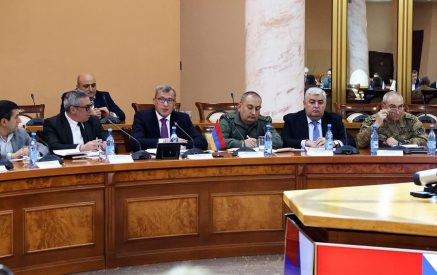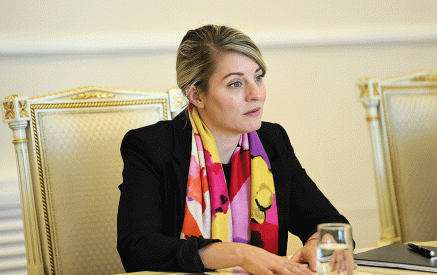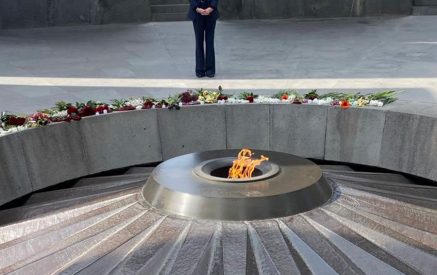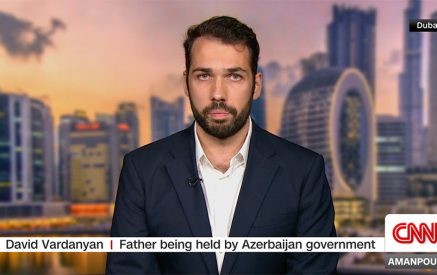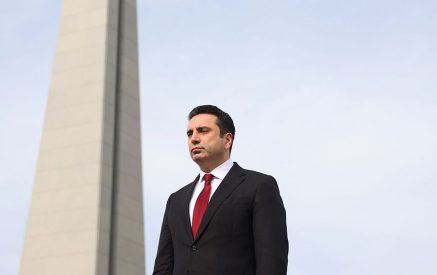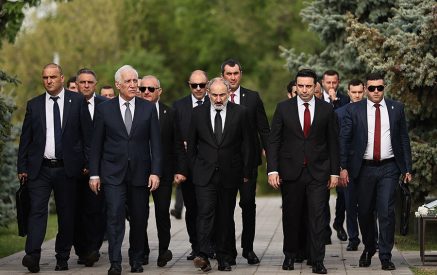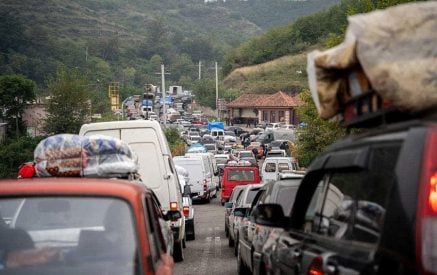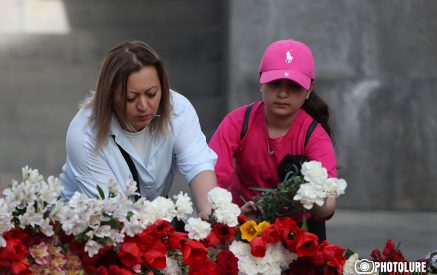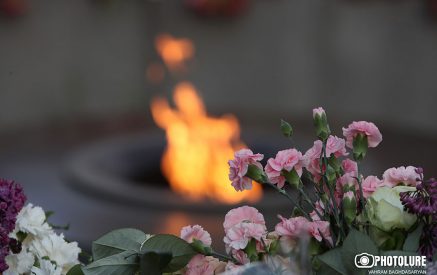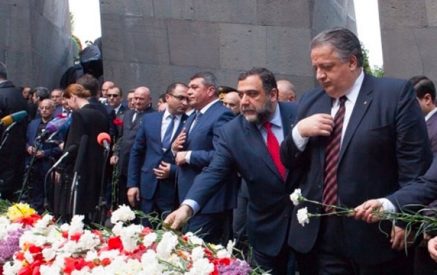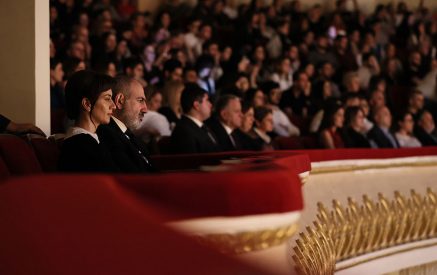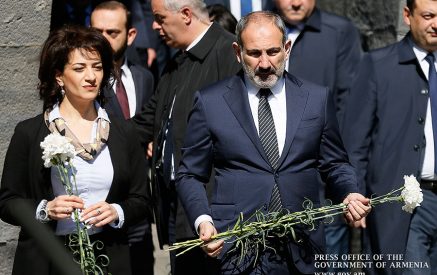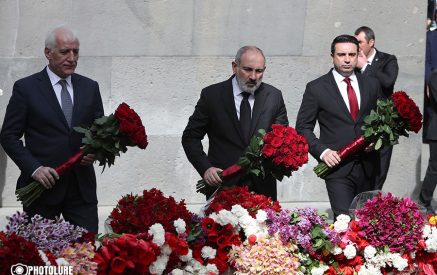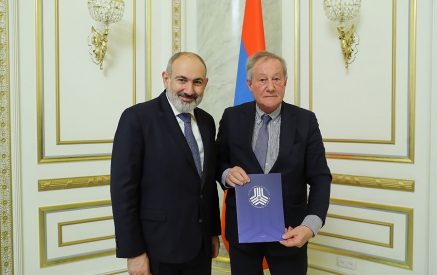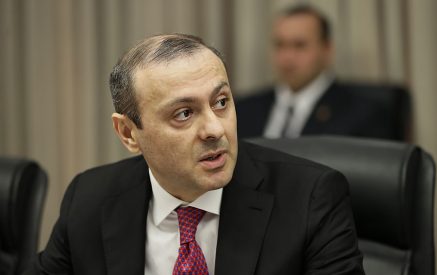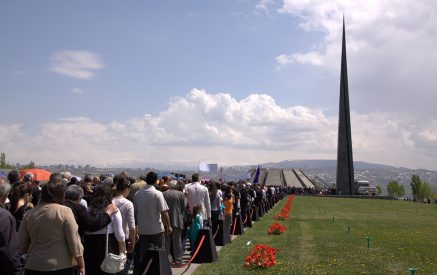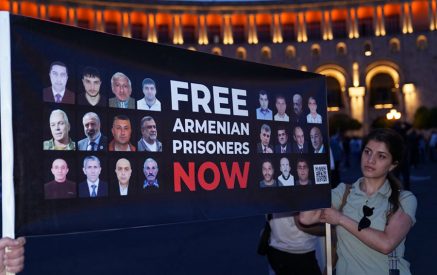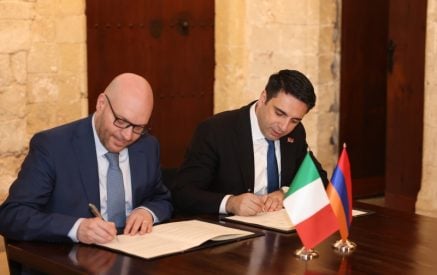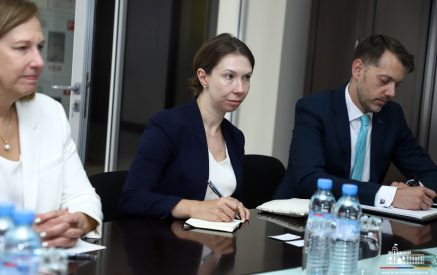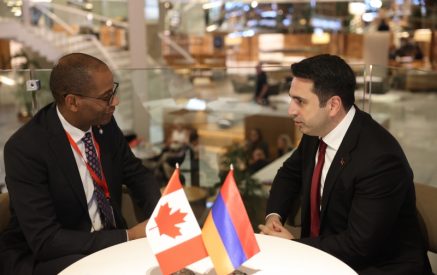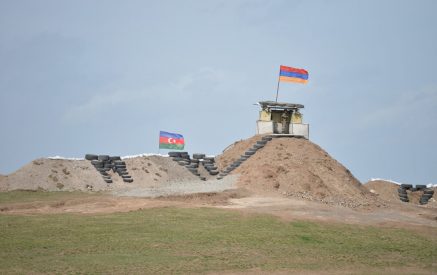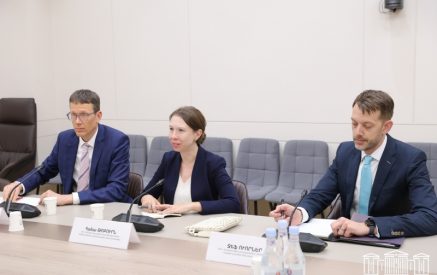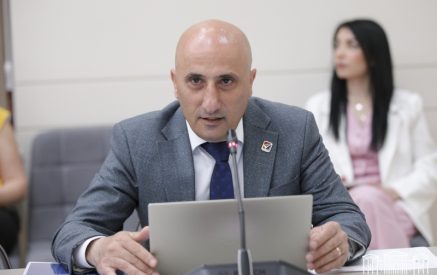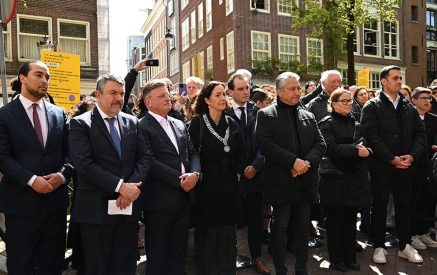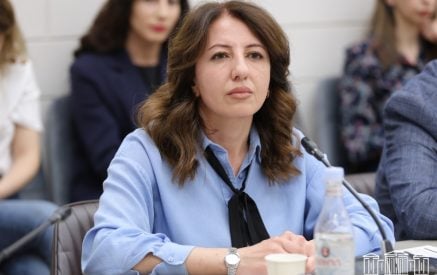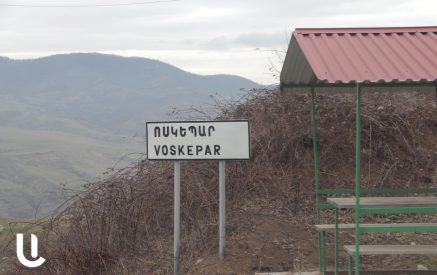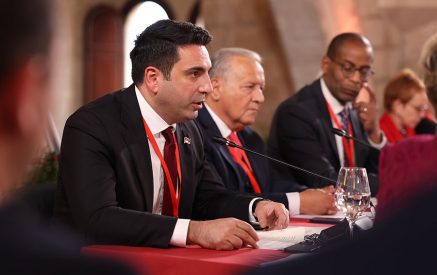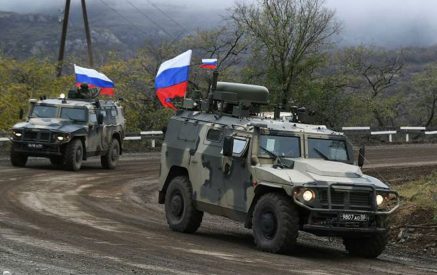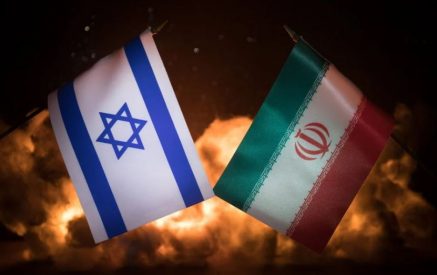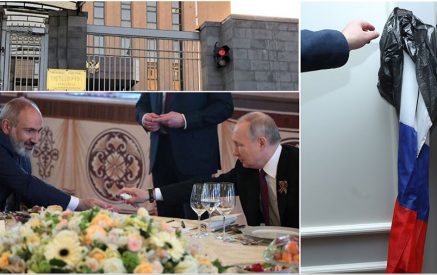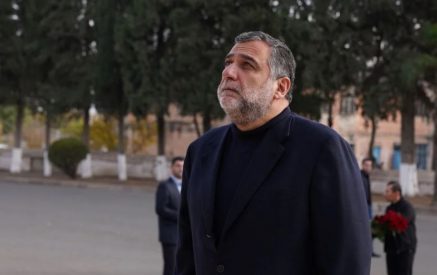‘Most importantly, we have dynamic growth in GDP and annual budget increase’, says Artsakh Republic Prime Minister Arayik Harutyunyan.
Intensive construction works are being carried out in Talish
“Considering Nagorno-Karabakh’s economic development indexes, Karabakh can be called a “South Caucasian tiger”: still in 2014 Zhanna Nemtsova, the daughter of an opposition politician, Boris Nemtsov, killed in the centre of Moscow in February 2015, had made such an assessment in July on “RBC: Glance” TV program. Zhanna Nemtsova’s statement and the report about Artsakh presented on “RBC: Glance” caused hysteria in Azerbaijan: for several days Azerbaijani sites, consistently “touched upon” Zhanna Nemtsova.
In recent years, continuously receiving information about the development of Artsakh is something else compared to what you see and make sure yourself, especially if you visit Artsakh for the first time.
The first pleasant fact when entering Artsakh is, of course, the well-built roads, which are already a serious criterion for building impressions about the small Artsakh developing with great steps. Before talking about the wonderful asphalted roads and reporting about the works carried out and being implemented in Artsakh, let’s touch upon Talish.
We witnessed how intensive construction works were being carried out in Talish village, which suffered serious damage during the 2016 April war. Buildings of school, kindergarten, community hall, and celebrations hall are being constructed in Talish. A new water supply network has already been built. We were told that 10 families live in Talish. Talish was alive. When we entered the village, we even noticed a little boy with some men.
Ten years ago, the budget of Artsakh was 32 billion drams, this year it is 96 billion drams
Ten years ago, the budget of Artsakh was 32 billion drams, while this year – 96 billion drams. Total economic growth in Artsakh for 10 years made about 10 percent. Over the past years, we have managed to achieve stable economic growth, with an annual average of 9.8 percent. In 2016 gross domestic product amounted to 229 billion 700 million drams.
However, these are not mere indicators. In fact, the traces of development are evident in every step in Artsakh. We visited one of Artsakh’s fish farms. The idea of black caviar was born about three years ago, in which the Diaspora Armenians have an investment. The project was initiated by Nagorno Karabakh. The goal is to create a large fish farm, production of fish and black caviar.
Arayik Harutyunyan, who has been the Prime Minister of Artsakh since 2007, told us, “We will have more than 10 tons of black caviar and more than a thousand tons of fish production a year. We are planning to reach the projected indexes by 2022. We cooperate with international brand companies that produce black caviar, who have their part in consulting and later also might have in consumption. The volume of investment in the project will amount to a total of 20 million dollars and more. A reservoir is being constructed in Kashatagh region due to foreign private investments, we plan to finish it in one year. It will have three goals: There are also projects on the construction of a fish farm, as well as projects for hydropower stations, irrigation systems construction, and tourism development are being designed”.
According to the Prime Minister of Artsakh, there has been an increase in gross domestic product in Karabakh, which contributes to the development of private investment, housing construction, infrastructure, economic growth and job creation: “Most importantly, we have dynamic growth in GDP and annual budget increase”, noted Arayik Harutyunyan. The government of Artsakh plans to provide an average annual economic growth of 8-10 percent.
Artsakh canned food is already sold in the American market
In addition to major development projects, medium-sized business also develops in Artsakh. Artsakh Prime Minister separates mainly agriculture, processing, and services sector. “Artsakh canned food is already sold in the American market, mainly drinks and processed canned food are in markets of Japan, China, Europe and Russian, as well as former Soviet republics”. There are already more than ten processing factories in Artsakh, through which we “slowly reached these results”, says the prime minister. In Martakert, for example, a modern factory for dried fruits is being built now. According to the prime minister, the ecological production of dried fruits is a large market, which is mainly flooded with Turkish products. “But here we can be competitive. Mulberry dried fruit has been imported to Karabakh until now, but now we have set a task to achieve the production of mulberry dried fruit, and we are sure that it will have a bigger reputation than the Artsakh mulberry vodka”. Let’s also mention that Artsakh is one of the safest countries in terms of food production.
As for agriculture, today the oil production in Artsakh fully satisfies the domestic demand, moreover it is being exported to Armenia. This year about 165 thousand tons of grain is expected. To imagine Artsakh’s pace of development let us make a comparison, for example, ten years ago, 50 thousand tons of wheat was produced in Artsakh, but now 55 thousand tons of wheat is produced only in Kashatagh region, that is within 10 years the annual indexes of 50-55 thousand tons of production have reached more than 150 thousand tons. The gross agricultural output was about 68.5 billion drams in 2016, growing by about 2.9 times compared to 23.8 billion drams in 2007.
In terms of energy, Artsakh has become self-sufficient. There are also programs for exporting electricity. There is an improvement in the field of electricity production. The launch of 15 new hydroelectric power plants has enabled to bring the annual electricity production to a self-sufficient level.
The flow of tourists increases year after year
As for tourism, the facts are too obvious. First of all, we met foreign tourists while walking in Stepanakert and visiting different regions of Karabakh. We were told that the flow of tourists increases year after year, for example, 26 percent growth was recorded compared to 2015, analysing data for 6 months of this year, and 46 percent growth compared to 2016. Since 2007, there has been an increase in the number of visits by foreign citizens in Artsakh, amounting to an annual average of 12.9 percent. The largest flow of tourists has been recorded in 2015, when about 16,600 tourists from 78 countries visited Artsakh. About 14 thousand foreign tourists visited Artsakh in 2016, taking into account the factor of the April war, this is also an impressive number. Creation of resting zones in the future is being seriously considered in Artsakh.
Apart from the reconstructed Stepanakert and Shushi that is being reconstructed, numerous social-economic and bio-cultural objects have been built around Artsakh. One of the largest and most important projects is the construction of the Vardenis-Martakert highway. It has strategic importance, the cost of construction is 34 million US dollars, and the program is envisaged to be complete on September 1 of the current year. On our way back from Artsakh to Yerevan, we noticed that a small section of the highway was left to be done.
Special attention in Artsakh is paid to the freedom fighters and military servicemen, as well as large and socially vulnerable families. Within the framework of state housing construction programs, 1348 families belonging to these groups have been provided with apartments, including 508 families of deceased freedom fighters and servicemen, as well as 479 apartments have been repaired, including 205 for the families of deceased freedom fighters and servicemen.
The buildings of Republican Medical Centre, Oncological Dispensary, Martakert and Martuni Regional Medical Units were built and put into operation in Artsakh, and the construction works of the Mother and Child Health Care Center and Kashatagh Regional Medical Unit are underway.
Such is our small Artsakh – a small part of our homeland filled with intelligent, educated, patriotic people. Impressed with Artsakh and Artsakh people, with positive emotions, I was concerned with only a single idea on all the way back to Yerevan: who can reserve the right to play with the fate of Artsakh people living and working in Artsakh, and determine their future? Artsakh people have been building their future for more than two decades.
Emma GABRIELYAN



